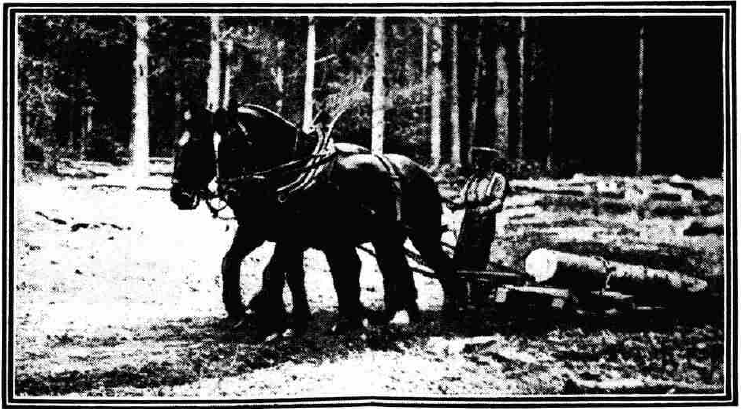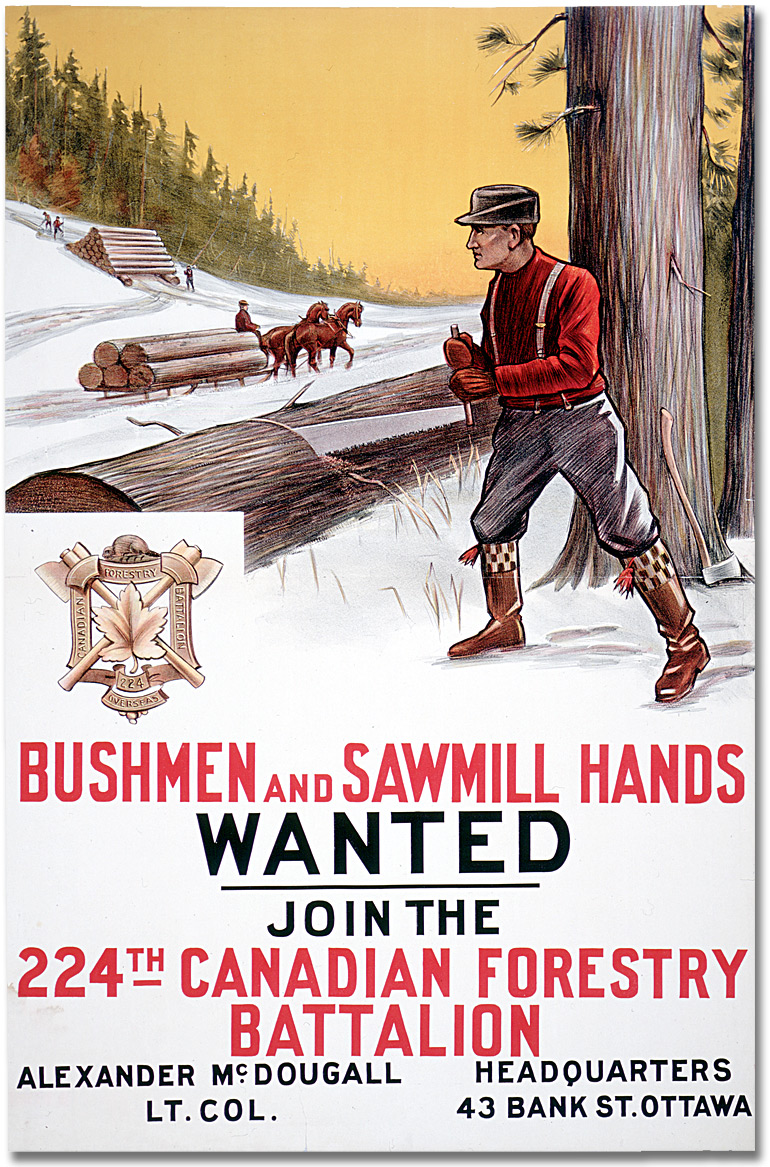In two weeks, Canadian musicians will celebrate their art at the 2018 Juno Awards in Vancouver, BC. And with the falling revenues from album sales, artists may have to get together more often for concerts like the Junos to get the most out of Canadian music fans.
Though Canadians still spend the most on concert and festival tickets, they are also buying into streaming services like Spotify and Apple Play. In fact, online streaming and song downloads slashed physical album sales in half between 2011 and 2016, according to an analysis of Music Canada data tracking album and song sales.
Oddly, though overall album sales plumetted over the five-year period, vinyl sales soared. 2013 saw roughly 200,000 LPs sold. By 2016 that figure tripled to reach 664,000 units sold; 800,000 vinyl albums were sold last year. In terms of market share, one out of every one hundred albums sold in 2013 were on vinyl. In 2017, seven out of every one hundred albums sold were on vinyl.
Whatever growth LP and vinyl sales are experiencing, the turn of the decade represents an irreversible shift for modern music consumption, from in-store to online.
The major factor driving music consumption online is the streaming industry. In fact, within the “digital” category of music sales, actual song and album downloads are tumbling as listeners favour streaming services like Spotify and Apple Play.
In 2016, digital album sales in Canada fell by over 25 per cent. The drop can be traced directly to the arrival of Spotify into the Canadian market in 2014. Digital album downloads fell by 5 per cent following the Swedish company’s entrance in that year, and have become less and less popular ever since.
These visualizations are timely because the 2018 Juno awards are being held in two weeks. The event brings together many of Canada’s brightest performers for a mega-concert and awards night that celebrates the vibrancy of the Canadian music scene. However, underlying the celebration are declining album sales and overall revenues.
Visualization 1, a pie-chart/vinyl-record look-alike, vividly illustrates the shift in marketshare from physical album sales to digital sales. With that shift is a trade-off: it costs the artists and production companies less to get their music published and into the ears of fans, but they also get less money in return. A tangential story to V1 revolves around vinyl record sales, which have continued to grow steadily at a rate of an additional 200,000 units sold per year.
Visualization 2, a line graph, explicitly illustrates the drastic impact that Spotify’s arrival in Canada has had on the music landscape. Digital sales grow at nearly the exact same rate as streaming. This shows how quickly listeners have adapted to such streaming services
I consulted two main sources of public records: Music Canada’s annual sales statistics which track the music industry’s health in Canada, and the annual reports from the Nielsen Company–a consumer and industry analysis firm. Music Canada’s reports offered no units-sold totals like Nielsen does, but they do offer financial totals. Furthermore, Nielsen does not consistently track the same data every year. I therefore chose to use the Music Canada information for my visualizations and opted to punctuate what they illustrated with examples drawn from the Nielsen reports.



